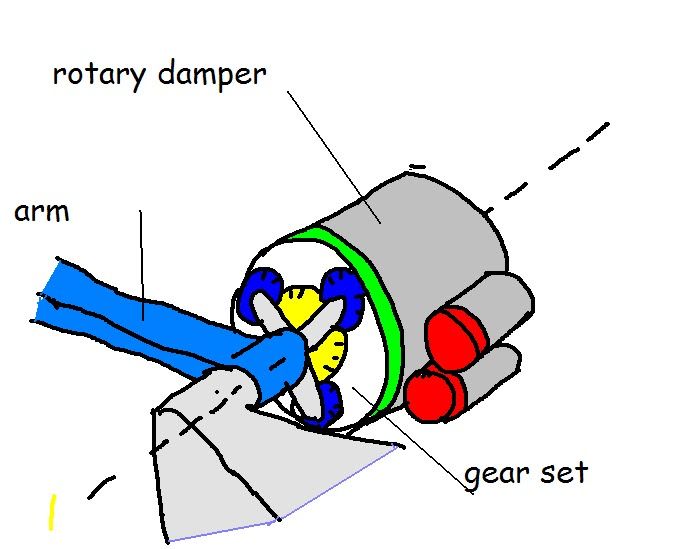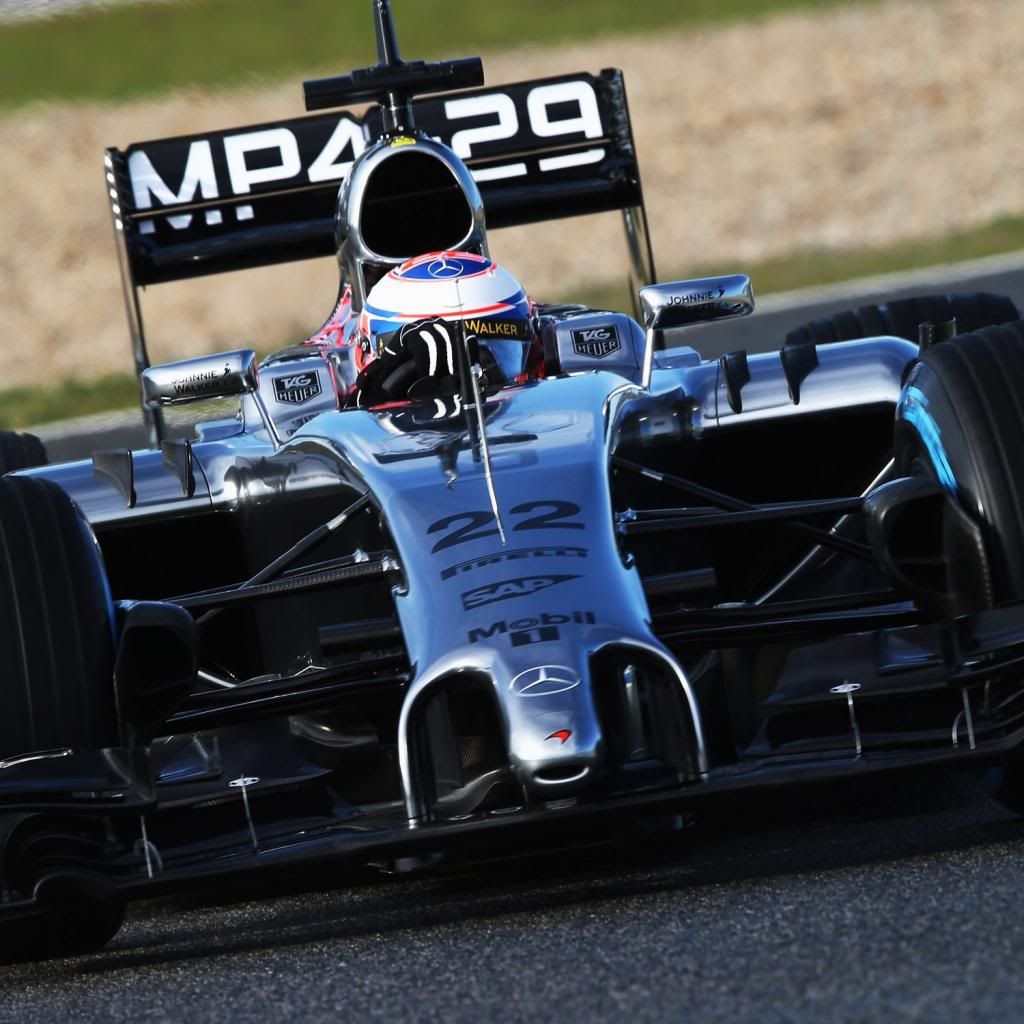I did not say they were insignificant.
I said i don't know and maybe dave could give some input on rebound dynamics.
I am clueless about suspension setup, i've repeated that many times. I don't know the typical damper characteristics or weight of an F1 corner.
So i cannot say if the forces are insignificant or not.
What is evident is that one rod is substantially smaller, so it can be assumed that on rebound the damper is taking most of the spring force.
AC cos phi yz = rod force * cos theta xz * cos theta yz
AC = 9825 * cos 19 * cos 50
= 5971.3 / cos 45
wishbone
AC = 8444.7 N tension
wishbone AB = rodforce * cos theta xz * sin theta yz
AB = 9825 * cos 19 * sin 50
AB = 7116.3 N tension
the same values for the pull rod only in compression.
So if we understand that the two members for the pull rod is compression they should be thicker.
in short using same formulas:
tension member diameter AC= 3.6 mm , AB = 3.3mm
DE has a lenght of 500, DG length of 594mm
using same buckling equation, I = 4FL^2/pi^2xE
:
I= 4 x 8444.7 x 594^2 / 9.8596 x 1.1 x 10^5
= 10989.17
I= pi x d^4/64 ,
d = 21.75
pull rod compression members
DE = 21.75mm,
DG = 19.12 mm
so pull rod has bigger members at the part of the upright where it connects.
pull rod: 36.69, DE 993g DG 646g , total: 1675.9g
push rod: 1332.6g, AC 27.2g AB 19.2g total: 1379 g
so the push rod is lighter for these 3 members in isolation.
Whoever think i'm cooking numbers can rest easy, see the push rod is lighter.

but only if all other things are being ignored.
Now I guess the reason why we don't really see a pull rod with substantially thicker upper wishbones is because of the other forces taken up by the wishbones.
Both solutions have to provide for forces outside of the spring and damper force.
I'm too lazy to do them, and i lack knowledge on the size of these forces.
Forces such as braking, lateral forces, moment on the upright by the wheel force relating to the offset of the force and ant hub face, then you have the toe link etc. you name it, i don't know it.







